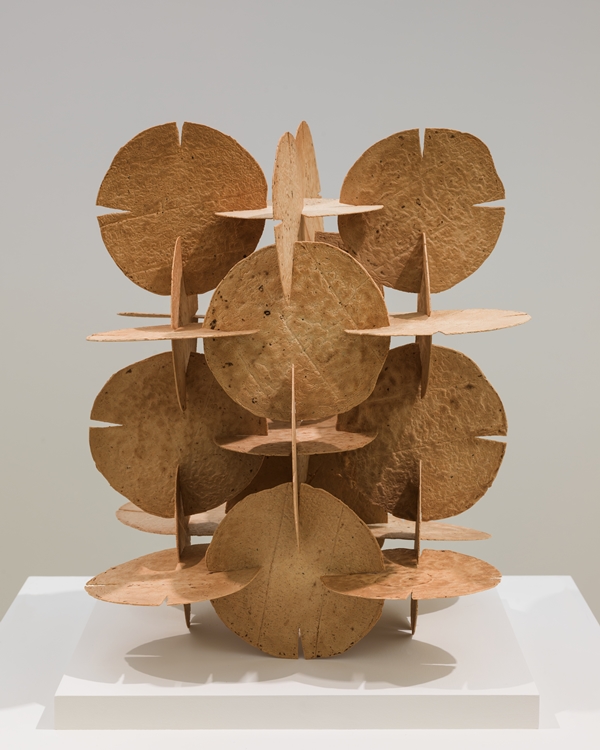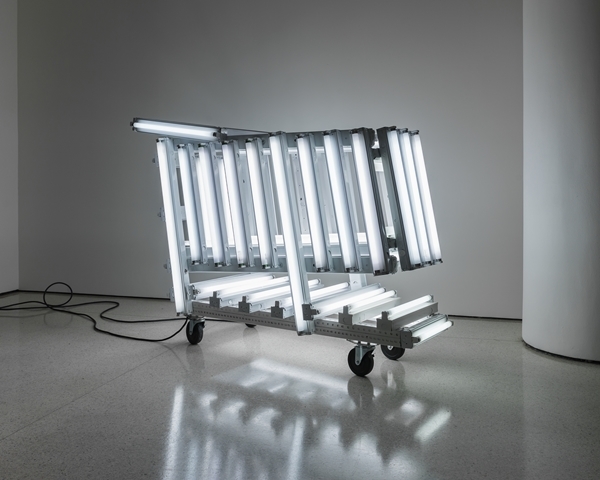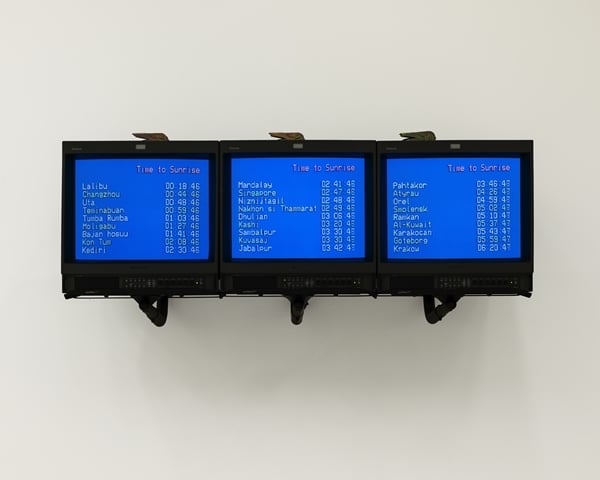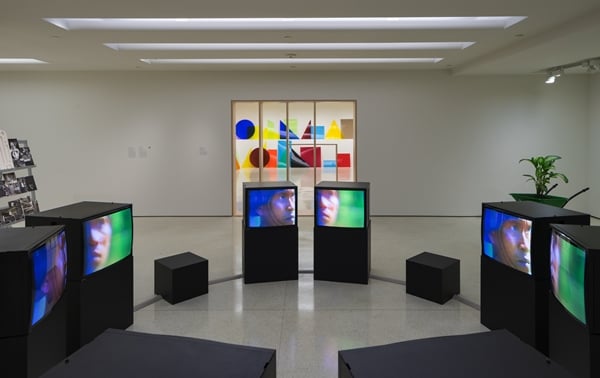Here’s a basic truth you don’t have to be Thomas Piketty to theorize: While Europe and the US have struggled economically, Latin America’s developing countries have flourished like no time since the 1950s. But the region’s success is not just measured by robust economic indices, high commodity prices, and flashy Pharaonic projects (i.e., Brazil’s World Cup and its ballooning 2016 Olympics). It’s also measured in terms of a growing middle class, the expansion of arts education, and swelling museum and concert attendance. If, as the French economist estimates, “the rate of capital return in developed countries is persistently greater than the rate of economic growth,” in Latin America a similar phenomenon has already helped kick-start a cultural boom. When we look back 50 years from now, the first two decades of the 21st century will look like a Latin American renaissance.
A preview of this hemispheric cultural revival is on view all over New York this summer. The world’s art capital is playing host presently to no fewerthan three excellent museum exhibitions of contemporary Latin American art. There’s the Bronx Museum’s “Beyond the Supersquare,” a sharp-as-tacks survey of the influence of architectural modernism on Latin America; the International Center of Photography’s terrific “Urbes Mutantes,” an exhibition of Latin American street photography from between the years 1944 and 2013; and the Guggenheim’s deftly curated “Under the Same Sun: Art from Latin America Today.” A collecting show whose subtext is all about the excessive rates of capital returns amassed by its sponsor—the Swiss banking giant UBS—“Under the Same Sun” defies the corporate odds. Rather than repeat the exoticizing clichés still favored by certain bandwagonning institutions (cue the first Guggenheim–UBS effort “No Country: Contemporary Art for South and Southeast Asia”), this show threads together a lively, historical, eye-opening exhibition largely free of curatorial and market-driven bs.

Damián Ortega, Tortillas Construction Module (1998),
52 corn tortillas, dimensions variable
Installation view from “Under the Same Sun: Art from Latin America Today”
Photo: David Heald © Solomon R. Guggenheim Foundation.
Curated by Pablo León de la Barra, “Under the Same Sun” begins the story of contemporary art in Latin America in the 1970s, as befits an institutionally compromised show of contemporary art with canonical ambitions. A selection that includes 50 works made by 40 artists and artist collaboratives from 15 countries, the exhibition takes pains to not just fill out but actually expand its tricky acquisitional brief. The record shows that—aside from its recent collecting commitment—the museum has not paid much attention to Latin America since the 1960s. Consequently, a serious exhibition of Latin American art at the Guggenheim—like this one—does well to brandish the stick of institutional critique. Unsurprisingly, the old-time cudgel finds plenty of targets in the current ART-♥-BUSINESS climate—especially now that the museum and UBS are as interested in snagging Latin American art as they are in the region’s high net worth maestros del universo.
Organized according to a set of loose, flexible themes—“Abstraction,” “Conceptualism,” “Political Activism” and “The Tropical”—“Under the Same Sun” picks up on Latin American art’s evolving narrative, beginning with key examples of postminimalism and its social-activist aftermath. Told through the inclusion of culturally contentious works by the artists Rafael Ferrer (Puerto Rico), Juan Downey (Chile), Marta Minujin (Argentina), Alfredo Jaar (Chile), and Paulo Bruscky (Brazil), the show gives early notice of its hand-biting intentions. There’s a video version of Jaar’s famous A Logo For America (1987), which used Times Square’s electronic billboard to juxtapose the word “America” with all three continents Columbus “discovered.” And then there’s Ferrer’s Artforhum (1971). A crackerjack text piece that snakes around one the Gugg’s curved balustrades, it asks a critical question that remains crucially unanswered four decades later—Art for whom? I can’t recall a single piece made by Lawrence Weiner—whether in a museum or on the cover of the called-out art-industry journal—that is anywhere near as memorable.

Iván Navarro, Homeless Lamp, the Juice Sucker (2004–05), fluorescent lamps, wheels, and color video, with sound, 4 min., 31 sec., edition 3/3
Installation view from “Under the Same Sun: Art from Latin America Today”
Photo: David Heald © Solomon R. Guggenheim Foundation
That combative spirit is echoed throughout the exhibition in the various media Latin American artists have adopted as expedient, sometimes homespun vehicles for the overwhelmingly conceptual works featured in “Under the Same Sun.” First among these—given the show’s present setting—is the Mexican videoartist Mario Garcia Torres’s Open Letter to Dr. Atl (2005). An epistolary video that narrates a one-sided interview with the early 20th century Mexican landscape painter, it quizzes the pleinairist for his thoughts on the Guggenheim’s proposed plans to build a museum on the pristine mountain range surrounding the city of Guadalajara. Elsewhere, the Colombian Wilson Diaz moves beyond the theory and practice of conceptualism to launch a real life Movement of the Liberation of the Coca Plant (2012-14)—as propounded by a vegetal green neon sign. And the Cuban Tania Bruguera ratchets up art’s militancy in Tatlin’s Whisper #6 (Havana Version) (2009). A video of a performance staged at 2009 Havana Biennial, Bruguera provided a temporary stage, lectern, and microphone for risky uncensored speech.”
But not everything in “Under the Same Sun” cuts so relentlessly political. Among other highly aesthetic works, there are the sensuous cast-bronze totems of Brazilian sculptor Erika Vezutti, made from stacks of bananas, pomegranates and other fruits (one looks unmistakably like the Venus of Willendorf). And then there’s the shopping cart made of white fluorescent tubes by the Chilean Iván Navarro. A glowing white presence, his Homeless Lamp, the Juice Sucker (2004-05) encapsulates much of what is right and timely about this show: a critical artwork that is also eye candy, it advances rather than follows speculative and institutional ideas as to where art, Latin or otherwise, should lead.

Paul Ramírez Jonas, Another Day (2003), three monitors, custom-made microcontroller, and PBASIC code output to NTSC video signal edition 1/3
Installation view from “Under the Same Sun: Art from Latin America Today”
Photo: David Heald © Solomon R. Guggenheim Foundation









